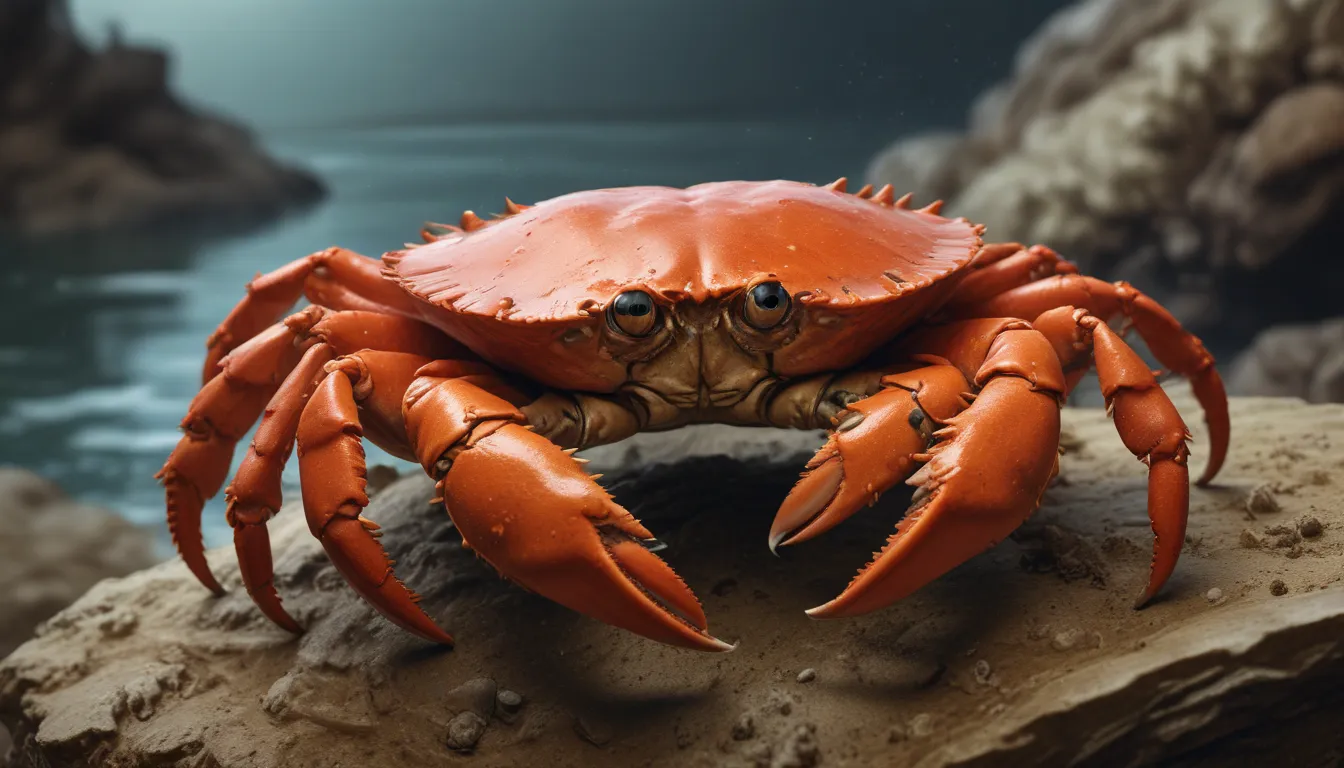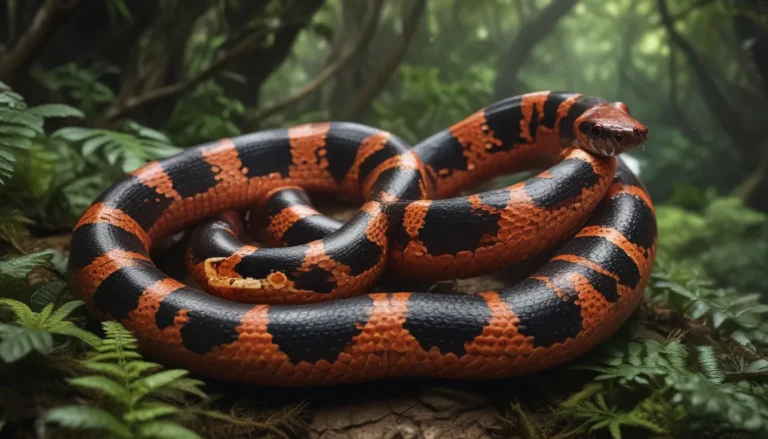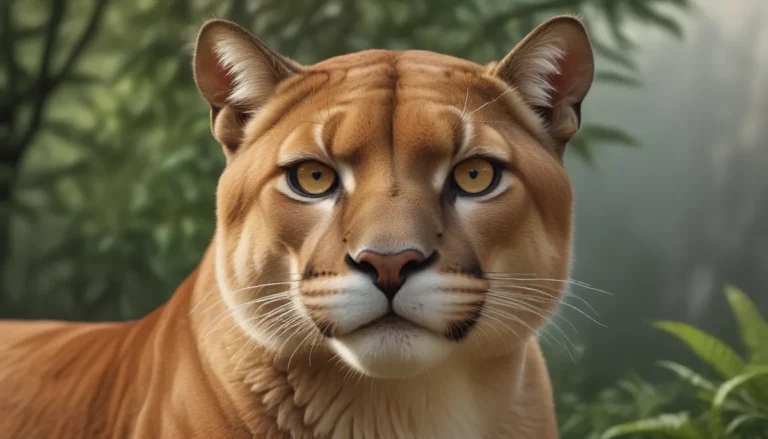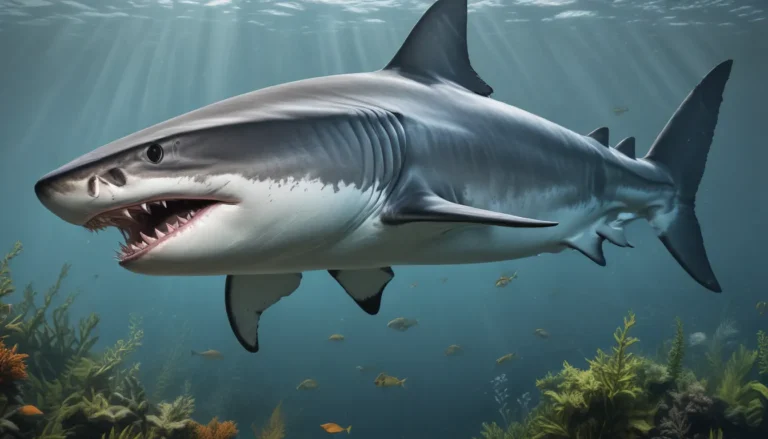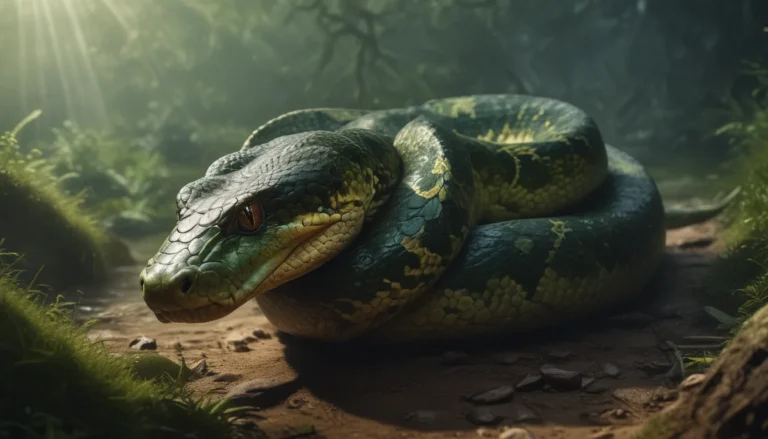The pictures we use in our articles might not show exactly what the words say. We choose these pictures to make you interested in reading more. The pictures work together with the words but don’t take their place. The words still tell you the important facts.
Crabs, with their captivating appearance and unique behaviors, have mesmerized people worldwide for centuries. These mysterious creatures can be found in a wide range of aquatic environments, from oceans and rivers to tidal pools and even freshwater lakes. With their hard exoskeletons, sharp claws, and sideways scuttling motion, crabs truly stand out among marine species.
Diving into the World of Crabs
In this article, we will delve into 17 interesting facts about crabs, shedding light on their habits, adaptations, and the vast array of species that inhabit our oceans. Whether you are a marine enthusiast or simply intrigued by the wonders of the animal kingdom, these facts are sure to spark your curiosity and foster a newfound appreciation for these fascinating creatures.
Unveiling the Mysteries of Crustaceans
-
Crabs Belong to the Crustacean Family: Crabs are part of the diverse group of arthropods known as crustaceans, alongside lobsters, shrimps, and barnacles. They are characterized by their hard exoskeletons and jointed appendages.
-
Over 4,500 Species of Crabs: The world of crabs is incredibly diverse, boasting over 4,500 species found in various habitats across the globe. From the tiny pea crab to the colossal Japanese spider crab, each species showcases unique adaptations and behaviors.
-
Hard Exoskeletons: Crabs possess a hard exoskeleton that acts as protective armor, providing structural support and defense against predators. As crabs grow, they molt their exoskeletons to form new, larger ones.
The Versatile Diet and Adaptations of Crabs
-
Excellent Scavengers: Crabs are opportunistic feeders with a versatile palate. They can consume a wide variety of food sources, ranging from decaying organic matter to small fish and even algae.
-
Specialized Pincers: Their pincers, or chelipeds, serve various purposes depending on the species. Some crabs have one massive claw for defense or attracting mates, while others sport two symmetrical pincers for efficient grabbing and manipulating objects.
-
Regeneration of Lost Limbs: In a remarkable display of adaptation, crabs have the ability to regenerate lost limbs over time. This unique trait allows them to continue functioning effectively even after sustaining injuries.
Intriguing Behaviors and Characteristics of Crabs
-
Communication through Drumming: Crabs use their modified pincers to create drumming sounds by striking their abdomens rapidly. These acoustic signals are often employed in courtship rituals and territorial disputes.
-
Eyes on Stalks: Most crab species feature stalked compound eyes that provide them with a wide field of vision. These eyes can detect movements and changes in light, aiding in navigation.
-
Excellent Tree Climbers: While many crabs are associated with marine habitats, some species have adapted to live in trees. These "tree crabs" use their strong legs and claws to climb tree trunks with ease.
Ecological Importance and Special Traits of Crabs
-
Crucial Ecological Role: As scavengers and predators, crabs play a vital role in maintaining ecosystem balance by controlling population levels of various organisms and recycling organic matter.
-
Mutualistic Relationships: Certain crab species form mutualistic relationships with other organisms, such as the boxer crab that holds anemones in its claws for protection and food sharing.
-
Incredible Sense of Smell: Crabs possess chemoreceptors on their antennae, allowing them to detect and locate food sources from a distance.
Unique Species and Defense Mechanisms of Crabs
-
Coconut Crab: The largest land-living arthropod, the coconut crab, can reach impressive sizes with a leg span of up to 1 meter. Contrary to its name, this crab has a varied diet and does not primarily feed on coconuts.
-
Mating Rituals: Male crabs engage in intricate courtship dances during mating, involving waving claws, synchronized movements, and even sand vibrations to attract females.
-
Swimming Abilities: While most crabs are adept crawlers, some species have evolved to be capable swimmers, equipped with paddle-like appendages for efficient movement in water.
Conclusion: Appreciating the Wonders of Crabs
Crabs continue to captivate our imagination with their diverse adaptations and fascinating behaviors. From their unique anatomy to their quirky habits, these crustaceans offer a wealth of knowledge and discovery. As we study and appreciate the captivating world of crabs, we gain a deeper understanding of the marine ecosystems they inhabit.
FAQs: Exploring Common Questions About Crabs
Q: What do crabs eat?
A: Crabs have a varied diet, feeding on plants, animals, algae, and detritus as opportunistic scavengers.
Q: Do crabs have predators?
A: Yes, crabs face predators such as birds, fish, larger crustaceans, and even humans, prompting them to develop various defense mechanisms.
Q: Can crabs regenerate lost limbs?
A: Absolutely, crabs have the remarkable ability to regenerate lost limbs, aiding in their survival and adaptation to challenging environments.
Our commitment to delivering engaging and credible content ensures that each fact we share is contributed by real users like you, bringing a wealth of insights and information to our platform. Trust in our dedication to quality as you explore and learn about the fascinating world of crabs.
